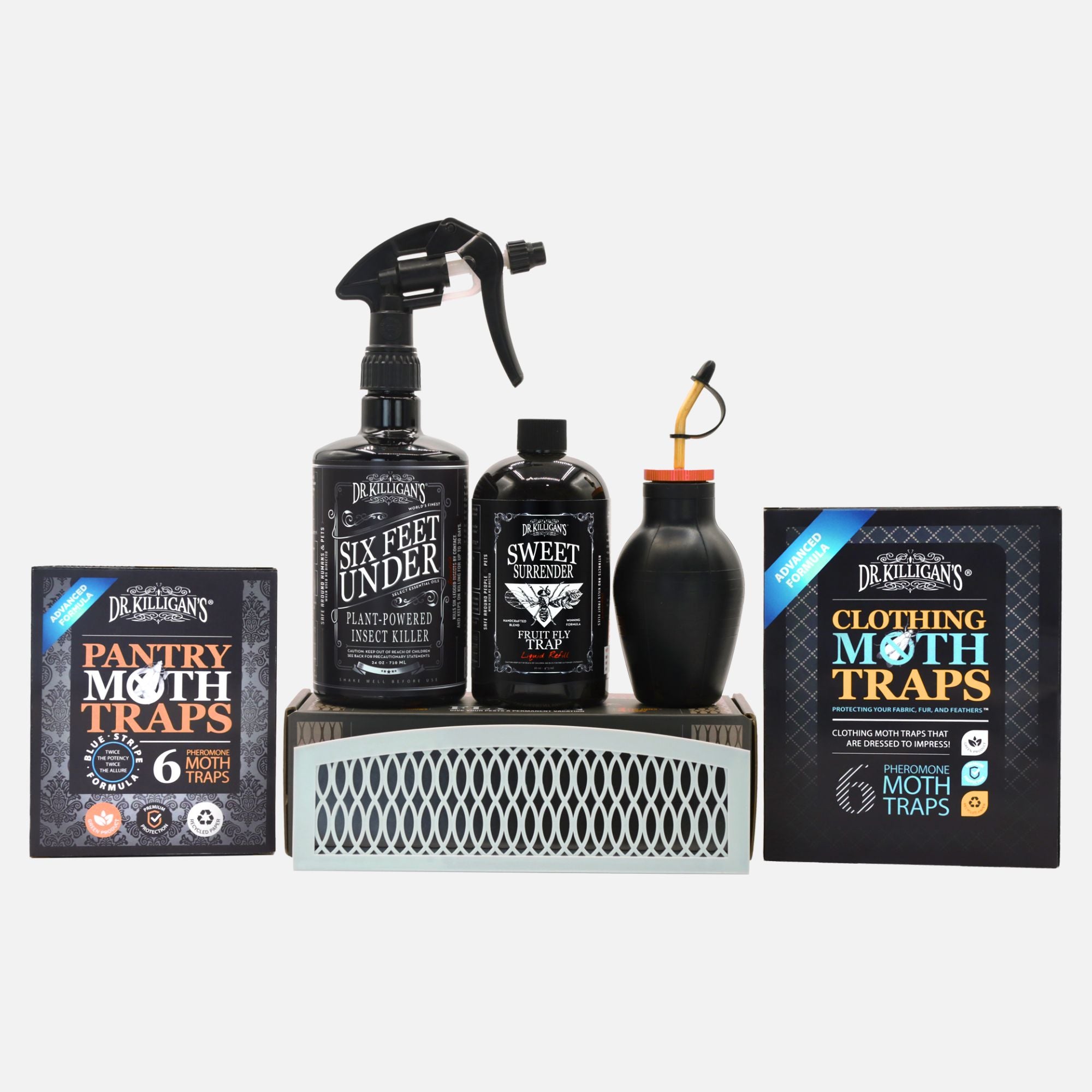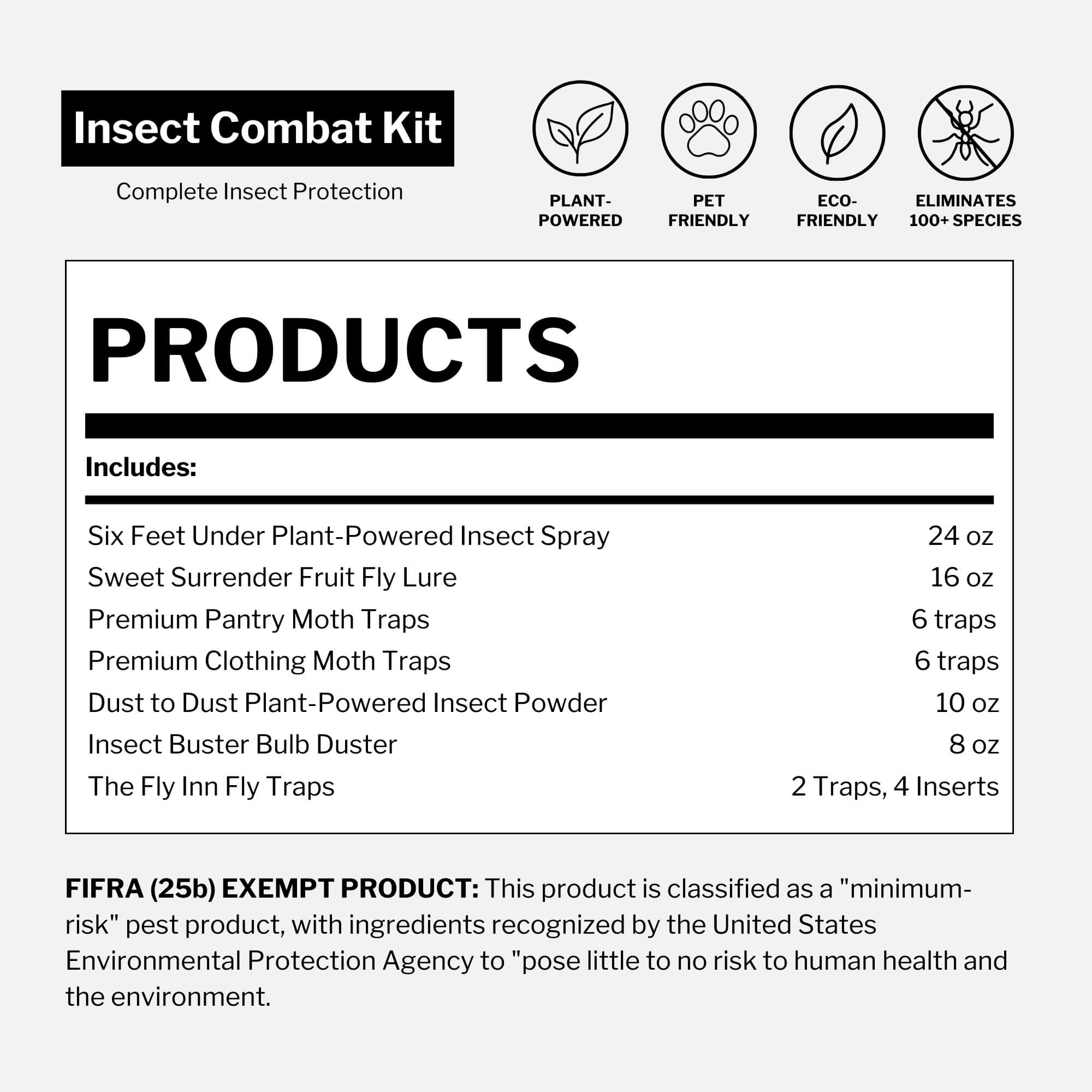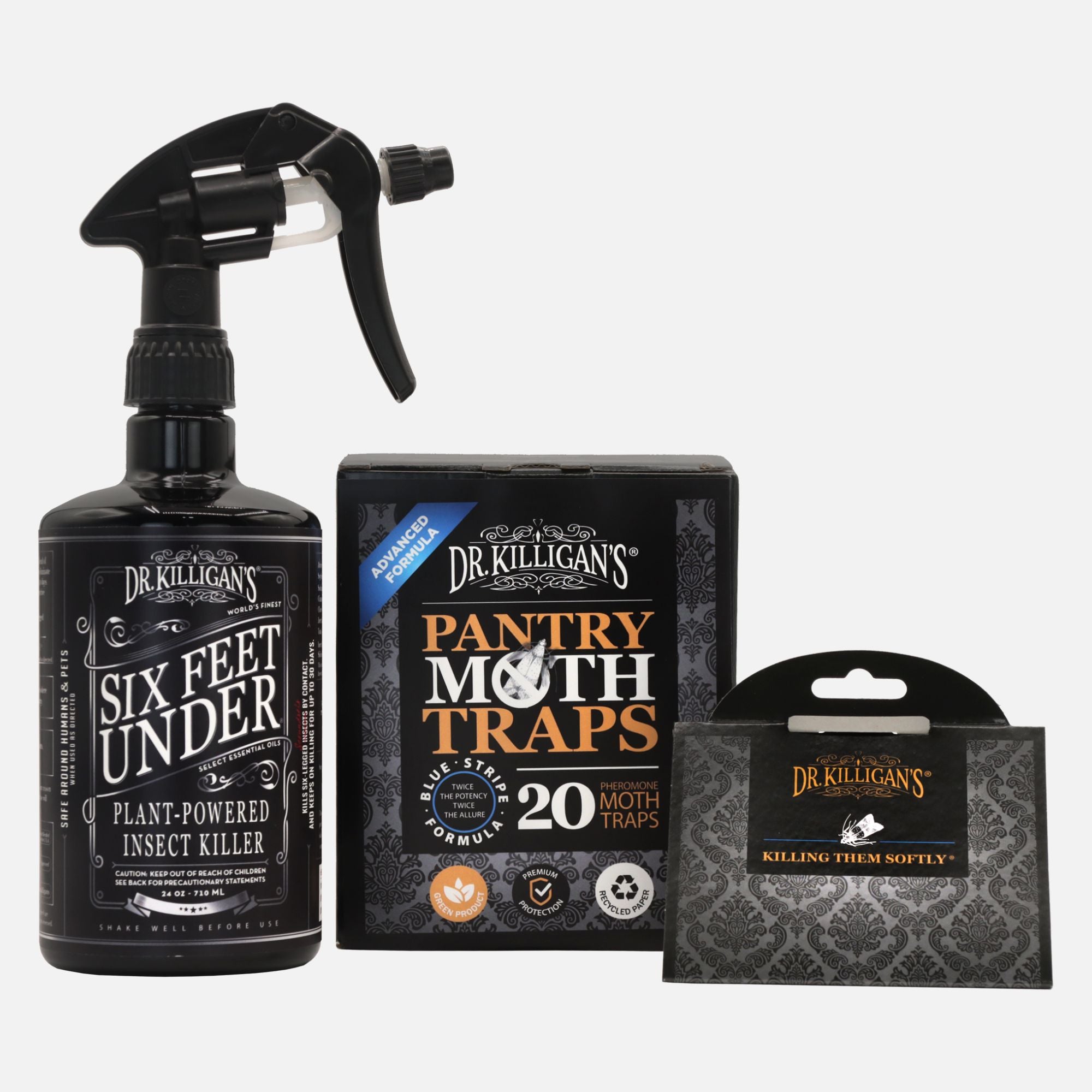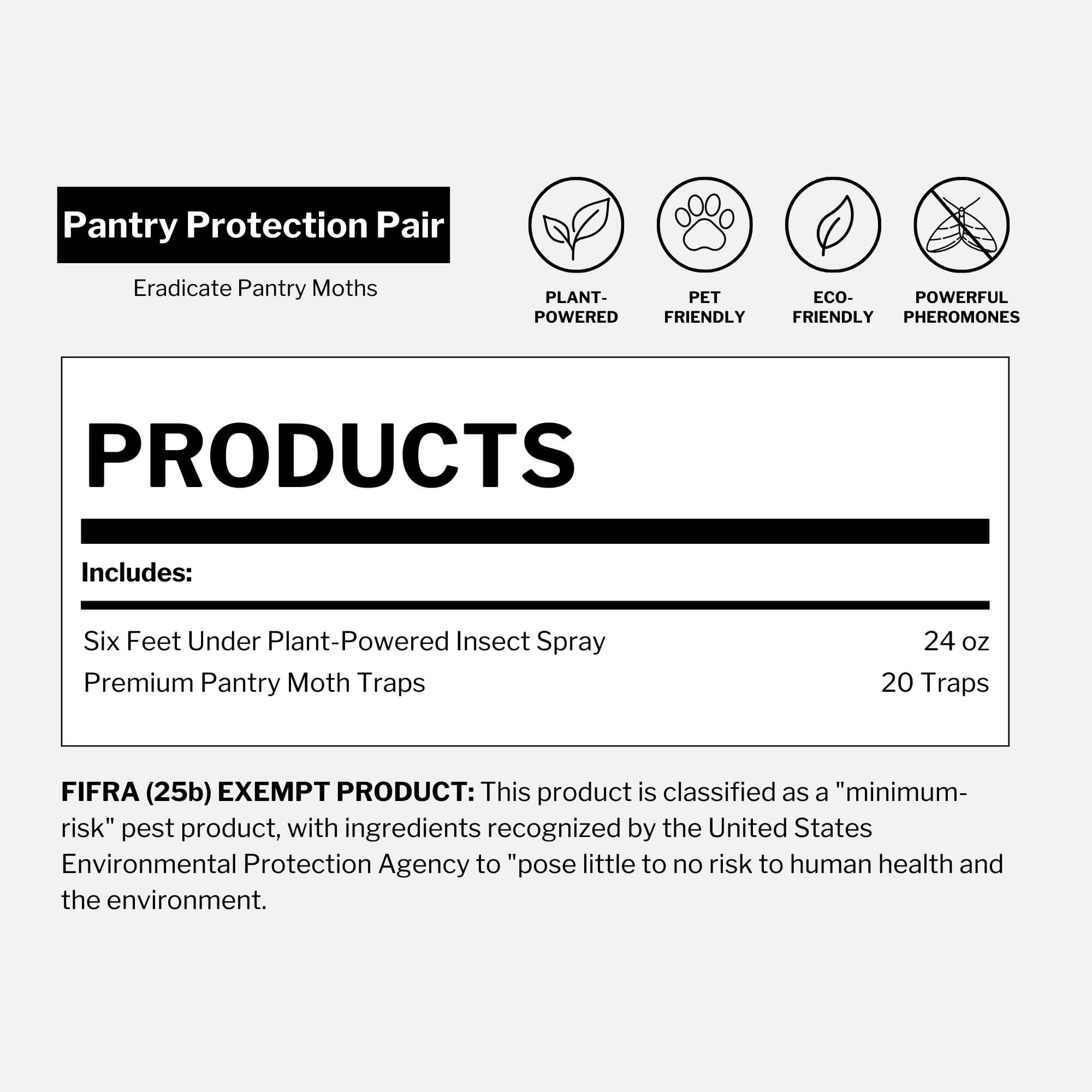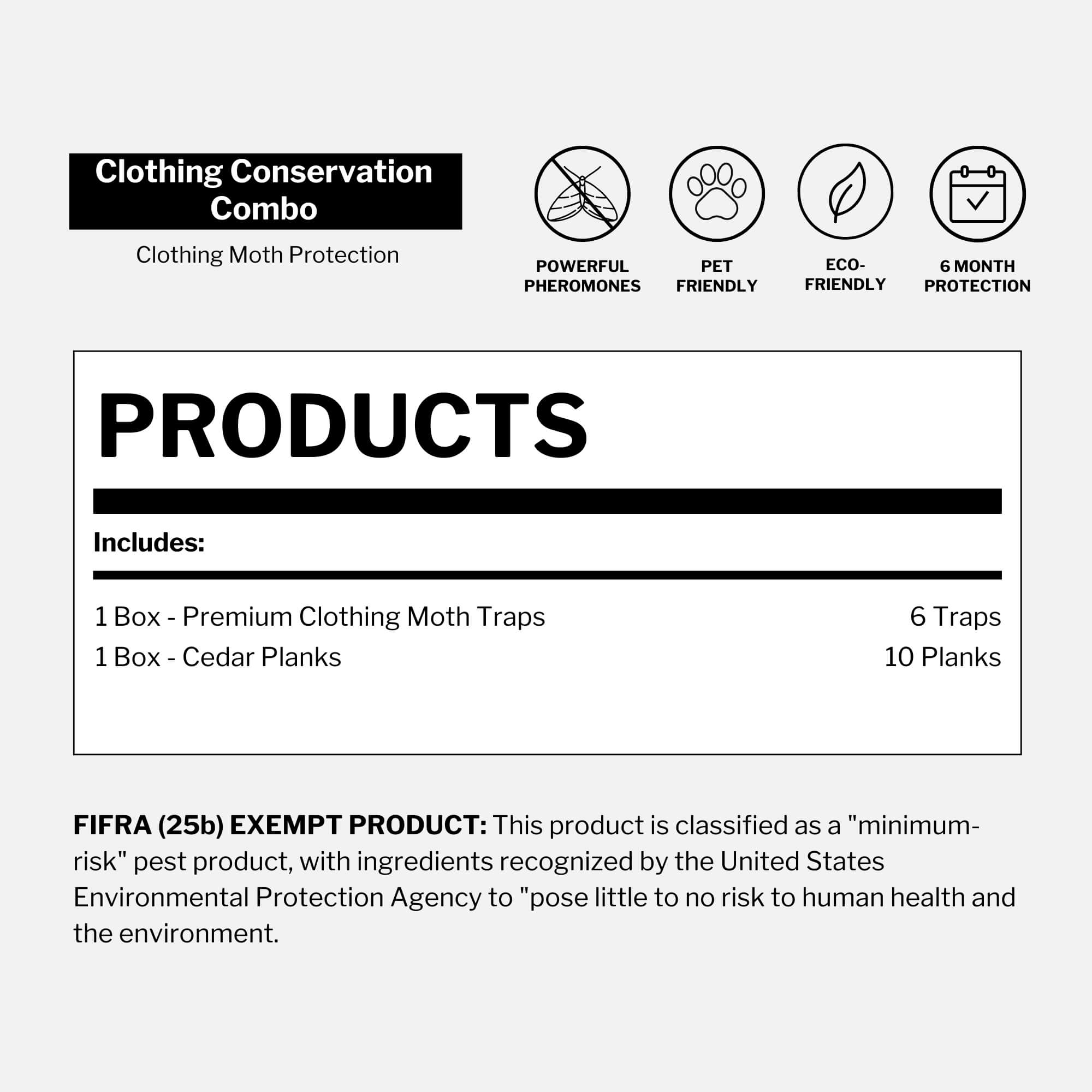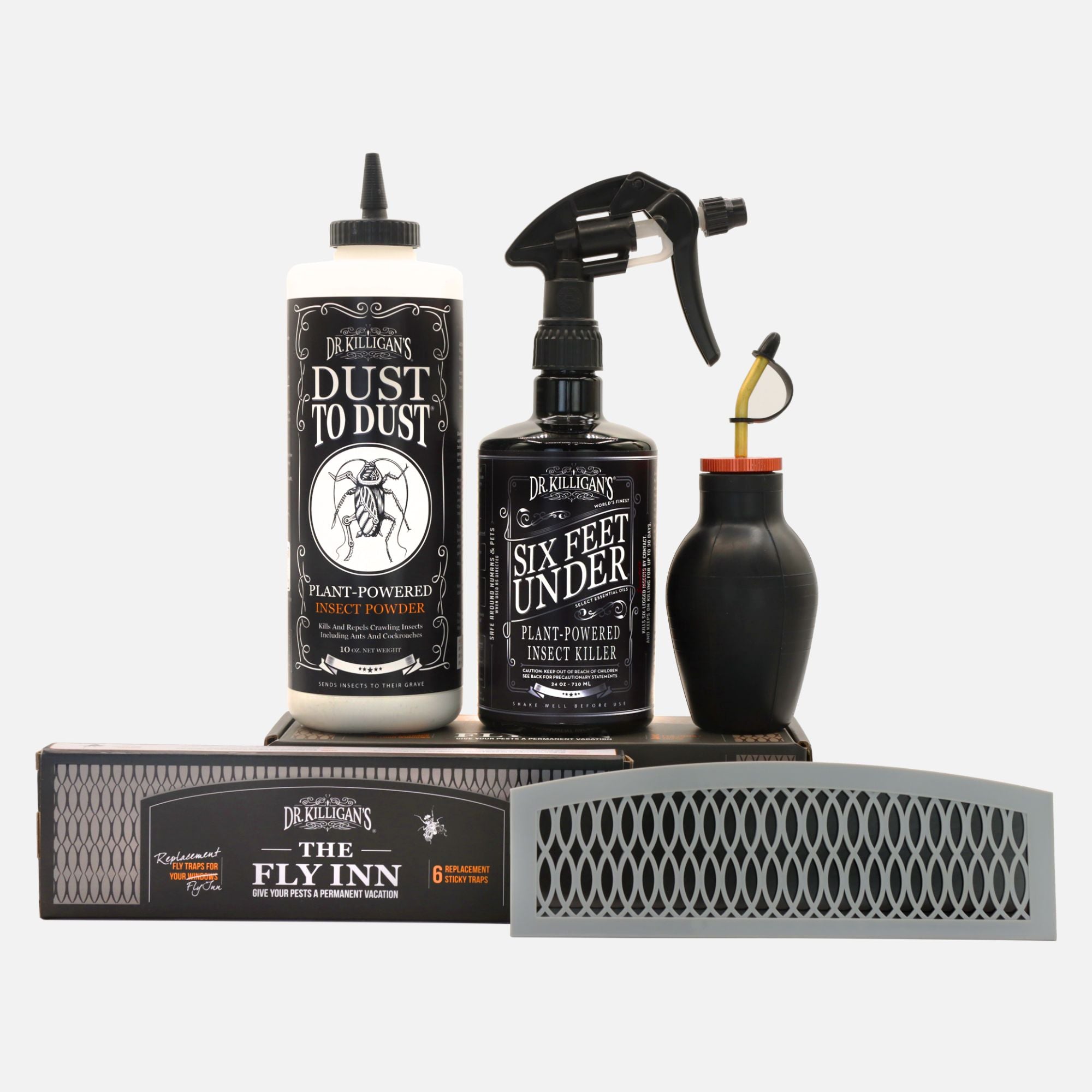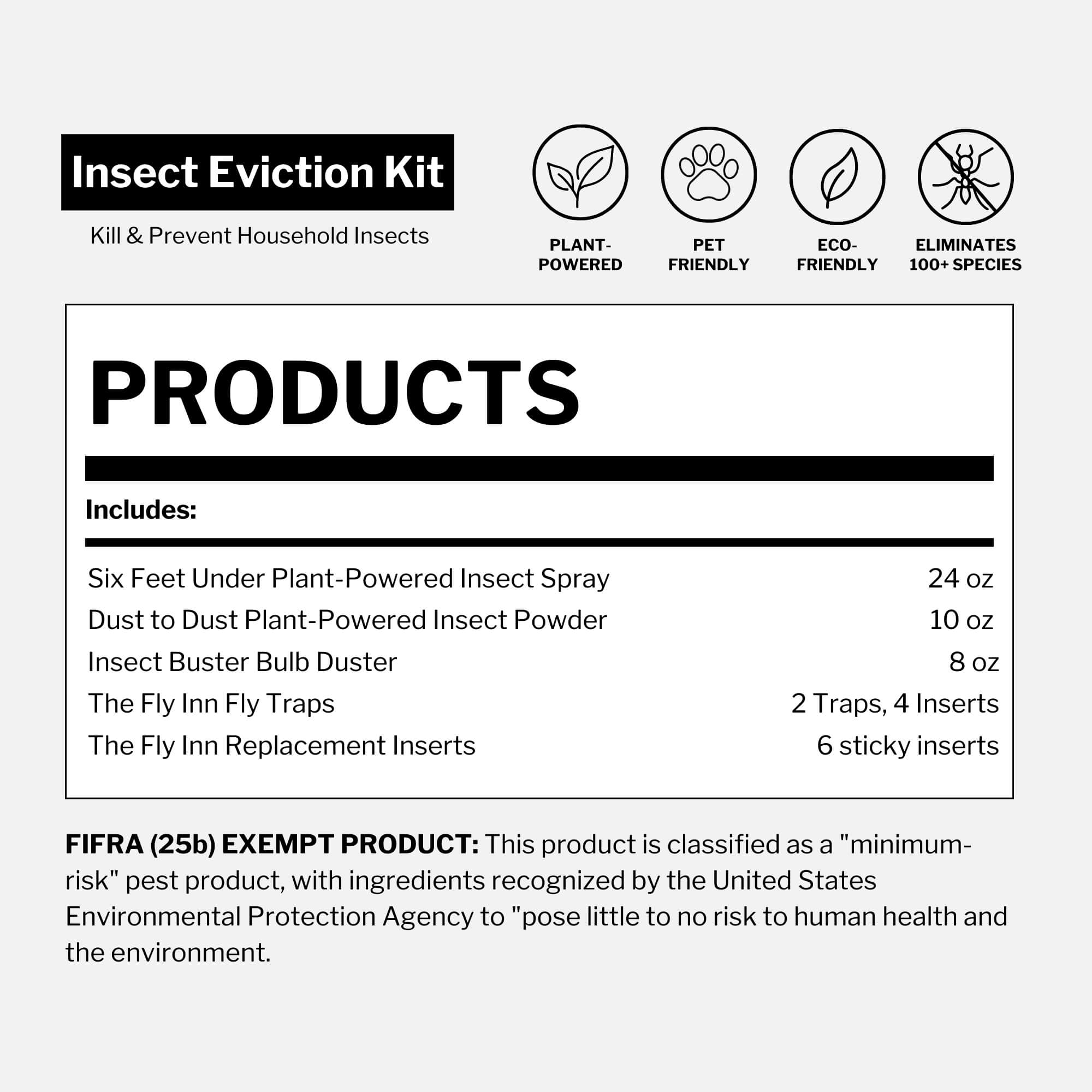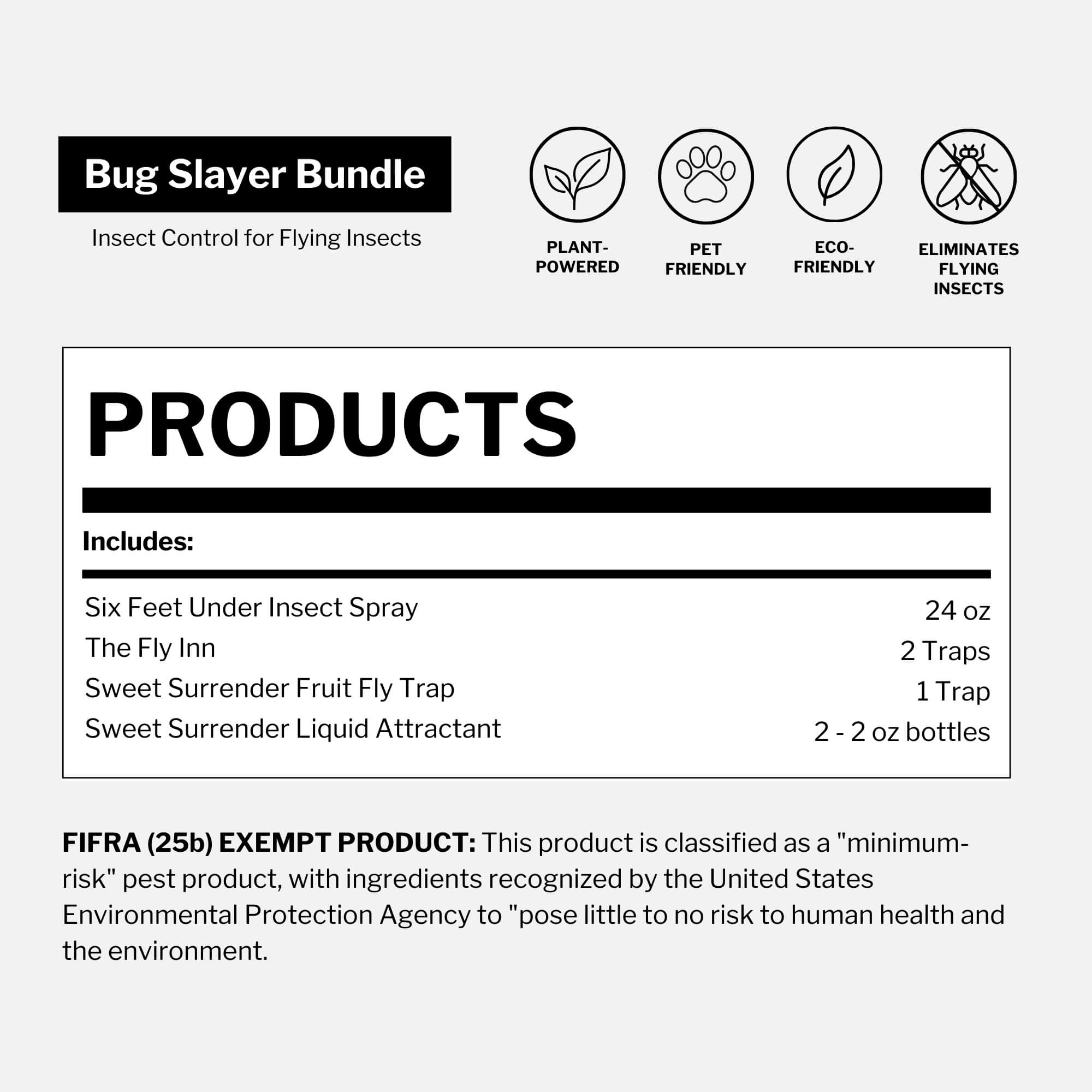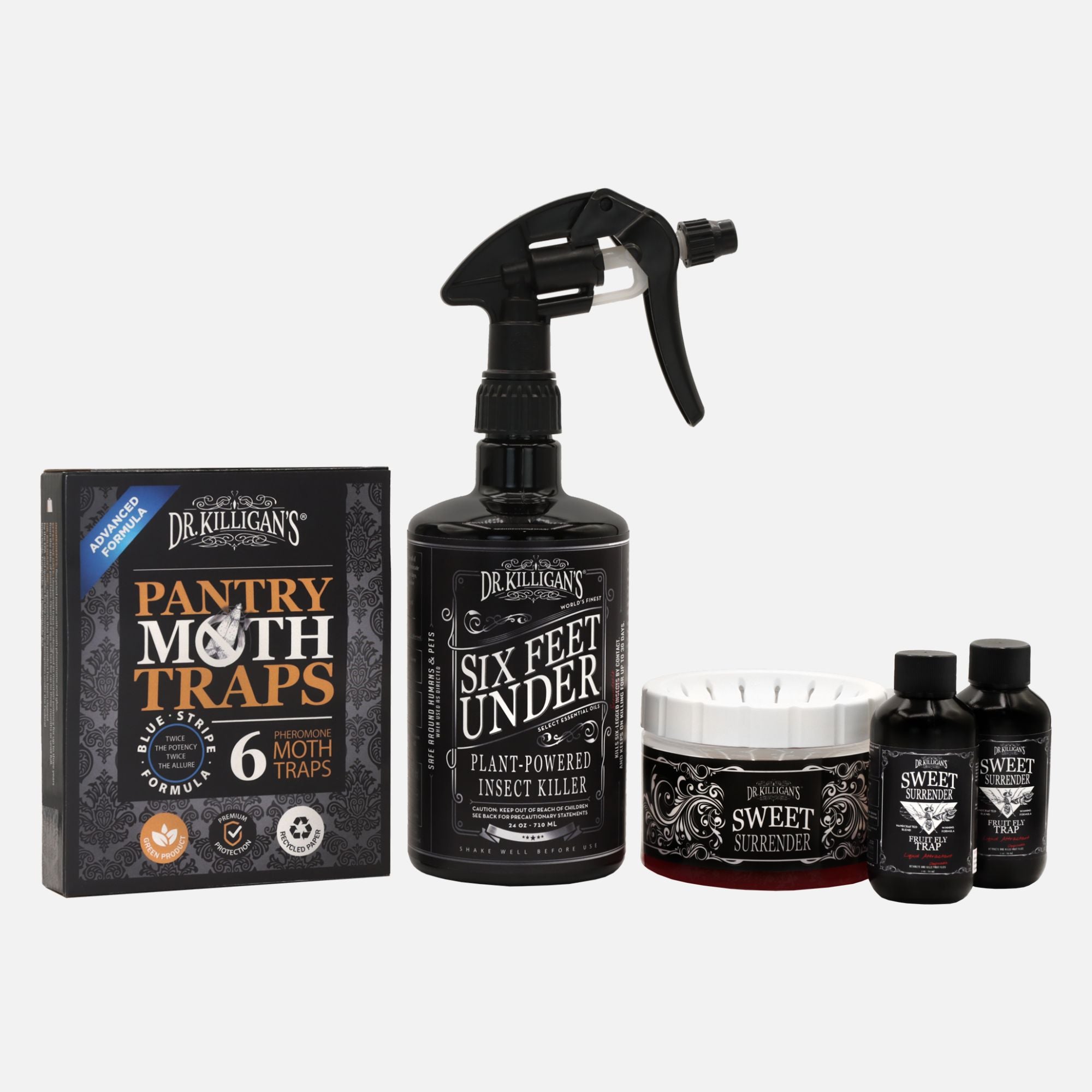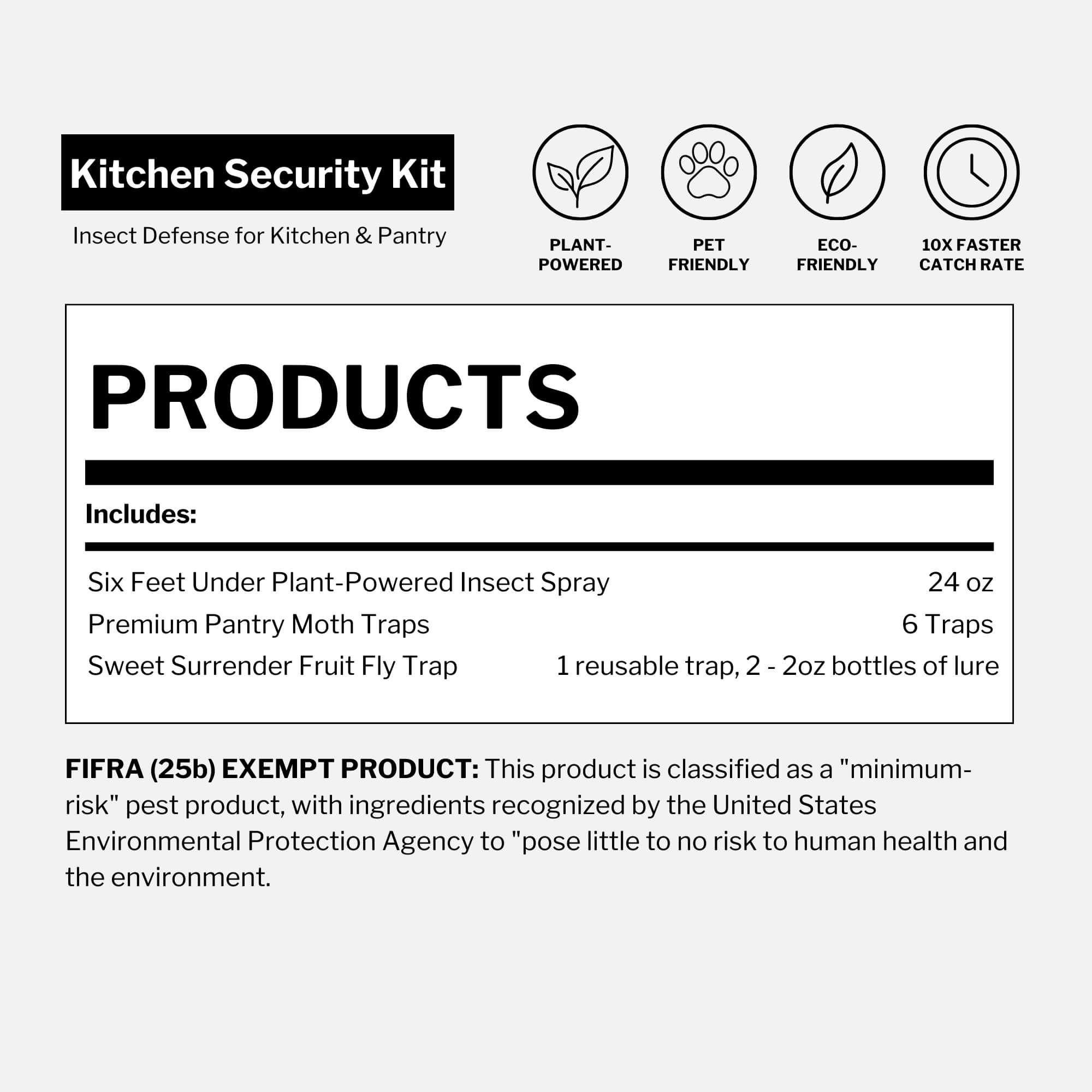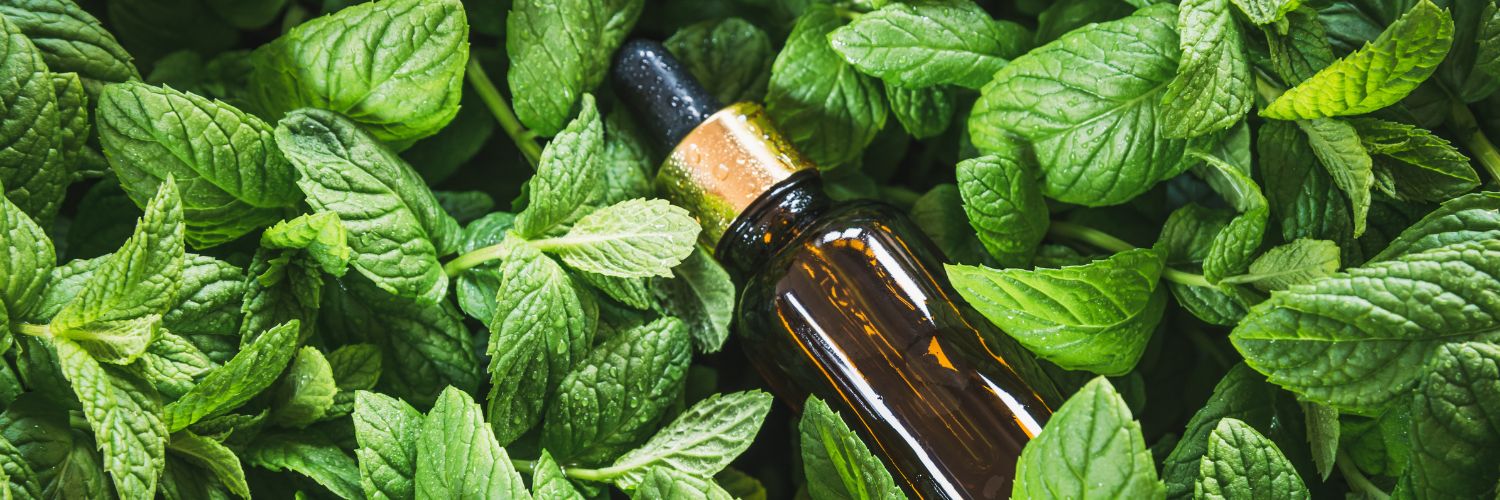Updated on September 19th, 2025
When the cold winds of winter arrive, we throw on coats and crank up the heat. But insects don’t have sweaters or furnaces—so how do they make it through months of freezing weather?
It turns out, they’ve perfected survival tricks that sound more like science fiction than biology: dormancy modes that hit “pause” on life itself and natural antifreeze compounds that keep their bodies from turning into ice.
And here’s the practical side: many pests in your home don’t vanish in winter — they simply slow down, hide in cracks or bide their time until spring. Knowing how insects survive winter gives us a clue about why they always reappear once the warm weather returns.
Are insects cold-blooded?
Yes — insects are cold-blooded animals (ectotherms). That means they don’t generate their own heat the way we do. Instead, their bodies match the temperature around them. On warm days, they’re active; when the air cools, they slow down or slip into dormancy. It’s why summer feels alive with buzzing, while winter goes quiet.
For us, this explains why pests never truly disappear. Ants in the soil, moths in the closet, even flies tucked into wall voids—they’re simply waiting for spring to flip the switch back on.
How do insects survive winter?
What happens to insects in the winter? Most don’t disappear—they adapt. As the air cools, some species migrate to warmer places, but most stay put and use built-in tricks to ride out the cold.
Insects don’t rely on just one trick. Their survival playbook is packed with strategies—and three of the most important are diapause, heat shock proteins and natural antifreeze. Each tackles the cold differently, from slowing life down to protecting cells at the molecular level.

Diapause—Life on pause
Diapause is a kind of life-on-pause mode. Triggered by changes in day length or temperature, it halts growth, drops metabolic rates and lets insects wait out the season with minimal energy use. Unlike hibernation in mammals, diapause is deeper and more precisely timed—synchronized with the environment so insects re-emerge right when conditions improve.
Heat shock proteins–Molecular bodyguards
When insects enter diapause, the cold threatens to unravel their internal machinery. Proteins inside cells can misfold or collapse under stress, much like a delicate piece of origami crumpling. To guard against this, insects boost heat shock proteins (Hsps). Acting like molecular bodyguards, these Hsps stabilize the cell’s proteins so they keep working, even in deep cold.
By boosting Hsps during diapause, insects become resilient enough to survive long freezes [Insect Heat Shock Proteins During Stress and Diapause].
Nature’s antifreeze—Sugars against the freeze
Other insects take a more proactive approach: they change their body chemistry. As winter approaches, they stockpile sugars like glycerol and trehalose, which act as natural antifreeze. Instead of letting ice form at all, these compounds lower the freezing point of their fluids, protecting cells before damage can occur.
Think of it like a car radiator: antifreeze keeps liquid from turning solid in the cold, and these sugars do the same for insects—keeping their cells from turning into ice blocks.
These antifreeze compounds give insects a better shot at making it through long, harsh winters [Michigan State University Extension].
Examples of insects that survive winter cold
Some of the best lessons in cold survival come from insects themselves. These aren’t just textbook explanations of diapause or antifreeze—they’re real species showing how evolution has shaped survival in extreme conditions. Below are four examples of insects that survive winter, each with a unique strategy for making it through the cold.

European corn borer–Natural antifreeze at -40°F
The European corn borer (Ostrinia nubilalis) looks ordinary, but it’s a cold-weather specialist. Its larvae burrow into corn stalks for the winter, cutting energy use and producing natural antifreeze compounds. This chemistry lets them survive temperatures as low as -40°F.
According to Purdue Extension, that freeze-avoidance strategy has helped the pest spread across northern farming regions, proving just how powerful biology—not behavior—can be when it comes to insect survival.
Antarctic midge–Diapause in extreme environments
The Antarctic midge (Eretmoptera murphyi) might be smaller than a pea, but it’s tough enough to handle months of subzero cold. Its larvae hunker down in the soil and endure months of subzero temperatures—even surviving short stints trapped in ice.
A study in Frontiers in Physiology shows that larvae rely on true freeze tolerance, while eggs are freeze-avoidant and adults are far less hardy. In simple terms: the larval stage carries the winter load and each life stage uses a different tactic to make it through.
Arctic woolly bear moth–Frozen for 7 years
The Arctic woolly bear moth (Gynaephora groenlandica) spends most of its life on ice—literally. This caterpillar can remain frozen for months at a time, thawing for only a short summer window to feed before the next freeze sets in. Its life cycle can stretch to seven years, one of the longest for any moth, because it repeats this freeze-and-thaw cycle year after year.
How does it pull this off? By producing cryoprotectants like glycerol, which lowers the temperature at which its body fluids freeze. That keeps it from freezing solid, even at −6° to −8°C—just enough to survive brutal Arctic winters [Promega Connections].
Did you know? In its final year, this caterpillar thaws long enough to transform into an adult moth, mate, and lay eggs—all within the span of a single Arctic summer week.
Bumblebees–Why their winter survival matters
Bumblebees don’t bet on the whole hive surviving winter—just the queens. These queens burrow into soil or leaf litter and enter diapause, waiting until spring to restart colonies.
But warming winters are throwing off this rhythm. According to a study in Ecological Research, warmer springs can push bumblebee queens to emerge about 10 days before flowers open, leaving them with no food to fuel new colonies. The result: fewer surviving queens, fewer pollinators and ripple effects on crops from apples to avocados.

Climate change and insect winter survival
Winter used to be a predictable test: short days, long freezes, insects hunkering down until spring. But climate change is scrambling the script. Warmer autumns, milder winters and sudden cold snaps are reshaping what happens to insects in the winter—and not always in their favor.
Some species are tricked into skipping or shortening diapause, leaving them active when food and shelter are scarce. Others lose the edge their natural antifreeze once gave them, because the timing of freeze and thaw no longer matches their biology. Research shows that even small shifts in seasonal patterns can throw entire insect populations off balance, rippling through food webs and farming systems.
For us, this means pests may show up earlier in spring, pollinators may arrive too soon for crops to feed them and ecosystems can stumble when key insect species decline. Traditional pesticides add to the pressure, reducing insect populations in ways that ripple into the wider environment.
At Dr. Killigan’s, our approach to pest control is different. We lean on plant-based ingredients and mechanical-kill designs, creating solutions that are safe when used as directed and built to strike the balance: protecting homes while caring for people, pets and the planet.




